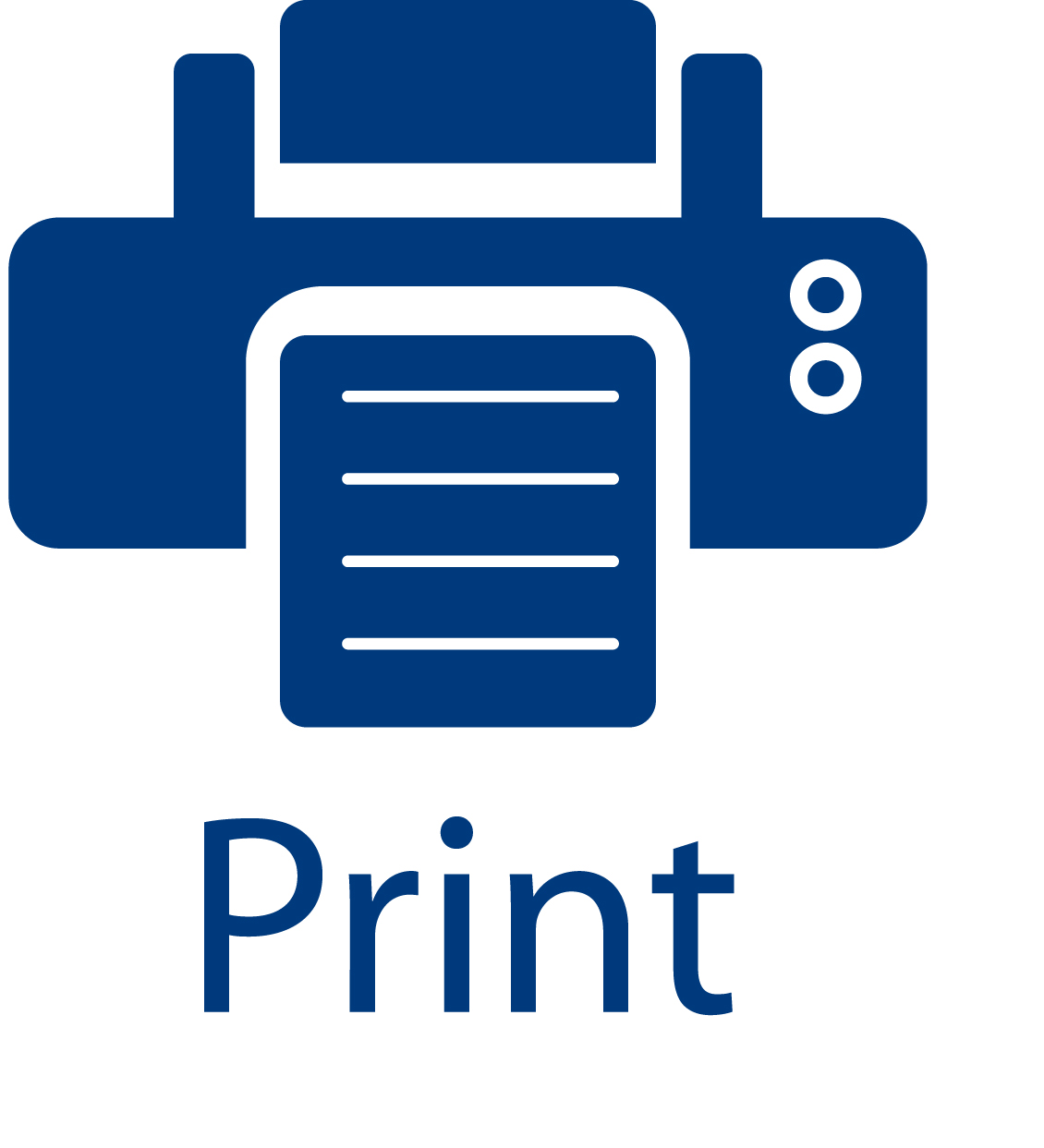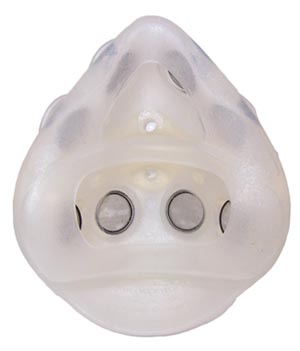
The OroNasal Mask is used with
Soft and flexible.
Fitting comfortably over nose and mouth; the OroNasal mask is well suited for long periods of use, and is easy for children to accept.
Innovative and accurate.
The Oronasal mask is based on the clinically proven Glottal Enterprises voice-transparent
circumferentially vented (CV) mask design. With the CV design, voice muffling is
reduced to close to the minimum necessary for speech airflow measurement. Convenient
in the clinic or at home for speech measurement, the OroNasal mask can have transducers
and electronics conveniently built into the handle.
The OroNasal mask fits over both nose and mouth and separates oral and nasal airflows.
Proprietary pneumotach technology, reduces cross- leakage of sound between nasal
and oral transducers. When measuring vowel nasalance, the mask design is less susceptible
to ambient noise than is a dual microphone approach and yields a nasalance measurement
that is not dependent on microphone position and orientation.
Pitch measurement is more accurate with a CV mask than with a microphone, since the mask airflow signal has a much stronger fundamental frequency component than does a microphone signal.
Non-invasive
The OroNasal mask can be used to measure nasality in both vowels and without probes
inserted in the mouth or nose.
User-controlled.
The mask works without the uncomfortable, awkward head straps or harnesses used
in some competing systems. The student simply holds the mask in place when ready
to use it. Interruptions that occur during practice are easily accommodated. The
OroNasal mask, in demand at hospitals and research laboratories for its accuracy,
comfort, and ease of use is now available for use at home or in the clinic as part
of the Speech Tutor system.
Mask, Handles and Accessories
| The NAS system | Dual microphone-based system for measuring and displaying vowel Nasalance, a measure of nasal resonance. |
| The NEM System | Flow-based system for measuring and displaying the nasal emission of airflow in pressure consonants in the presence of velopharyngeal incompetence (VPI). |
| Aeroview | Combines measures of oral airflow and intraoral pressure, using the low distortion Glottal Enterprises CV mask, to estimate the average glottal airflow resistance during voicing. Subglottal Pressure is estimated from the intraoral pressure using the interpolation technique first proposed by Glottal Enterprises founder martin Rothenberg. |
| Waveview | A software 3-formant version of the inverse filter first marketed by Glottal Enterprises for deriving the glottal airflow waveform from either the Glottal Enterprises CV mask or an omnidirectional microphone. WaveviewMic can process only a microphone signal. |
| Dualview | System for the simultaneous measurement and display of oral and nasal airflow using the low distortion OroNasal CV mask. A measure of DC-Nasalance is derived from the airflow measurments that is analogous to the Nasalance mesurements obtained from microphone signals using NAS system. |
Glottal Enterprises can work with you to create customizable solutions, please contact us for more information and a quote.
Mask, Handles and Accessories
| S/T-MA1 | OroNasal 2 - Chamber CV Teen - Adult Mask with (8) screen rings. |
| S/T-MC1 | OroNasal 2 - Chamber CV Child Mask with (4) screen rings. |
| S/T-M1A-5 | Pack of 5 Teen - Adult OroNasal Masks with (40) screen rings |
| S/T-SR-8 | Package of 8 replacement screen rings. |
Glottal Enterprises can work with you to create customizable solutions, please contact us for more information and a quote.
OPA Oral Pressure Adapter
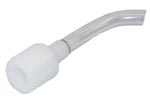
|
The OPA adapter permits a PT-25 or PT-70 pressure transducer to be used to measure intraoral pressure during biabial consonants by coupling the transducer though the lips at the corner of the mouth. The adapter seats firmly in the hole provided for this purpose in any of the Glottal Enterprises MA-series CV masks. It is easily cleanable and the PVC tube that passes through the lips is easily replaceable with tubing available at any hardware store, or purchased from Glottal Enterprises bent into a shape that fits readily into the corner of the mouth. | 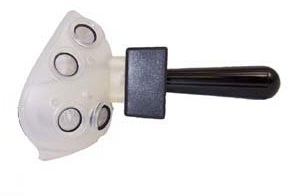 |
DTH Mask Handle
| Seen here is the DTH handle. It is a handle with no electronics in it, and is used with the MA - 1L and MA - 1C masks when taking pressure and flow readings with Glottal Enterprises Transducers. | .jpg) |
The OroNasal Dual-Chamber Mask System
| The unique dual-chamber OroNasal mask is used widely in clinics, hospitals and research centers for measuring separated oral and nasal airflow with high fidelity and minimal speech distortion. The OroNasal mask is used in the new Nasality Visualization System, in which both vowel nasalance and the nasal emission of air during consonants is to be recorded and displayed. It is also used in the Speech Tutor pitch and nasality training system. In these applications, the mask pressure for measuring airflow is accessed through the two ports in the distal end of the mask that are also used for holding the mask handle. However dimples in the mask surface conveniently placed on both sides also allow mounting of the standard PT-2E transducer in either chamber. |
|
|
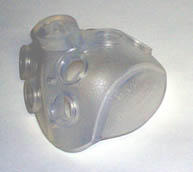 S/T-MA1 - Adult Mask |
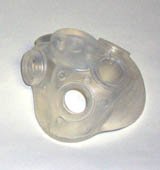 S/T-MC1 - Child Mask |
|
O/N-H1 Oronasal Mask Handle
| Seen here is the O/N-H1 Mask handle. It is a handle with no electronics in it, and is used with the S/T-MA1 and S/T-MC1 masks when taking pressure readings with Glottal Enterprises Pressure Transducers. . | 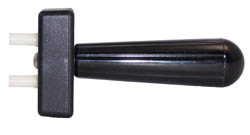 |
1. Does the OroNasal have to be set up?
No special setup is needed. Depending on the configuration that you need, the screen
rings and pressure transducers have to be attached to the Mask and/or the Handle
and once connected to the Destop/Laptop, via USB, it is ready to be used with its
associated software.
2. Can I buy only the OroNasal Mask?
Yes, you can buy the OroNasal Mask without purchasing a complimentary software package.
However, the OroNasal Mask works best when used with Glottal Enterprises compatible
software; such as the NVS System or the Waveview system.
3. Which should I use: the Separator Handle, or the OroNasal Mask?
The Separator Handle and the OroNasal Mask have different purposes. While some systems,
such as the NVS, can use both, the instruction manual for each software provides
more information on which system to use. If you are unsure, or would like more information
on which system you could use, please contact use for more information and guidance.
4. Will I receive both the Adult and Child sizes when I buy the Mask?
This depends upon which system package you buy. Please see the Catalog for more
information. You may, however, choose to specify and purchase either size at your
discretion depending upon your needs and patient population.
5. I have allergies; will the OroNasal mask be ok for me?
The OroNasal Mask is made of biocompatible, non-allergenic materials. More information
about the material used is available in the Device Specifications tab.
6. How do I store and handle the OroNasal Mask?
The OroNasal mask must be stored in a cool, dry place. Before use, it is suggested
that the Mask be disinfected using the disinfection protocols at your clinic. The
Mask may be cleaned using a soft, disinfectant wipe. Or, the Mask and the screen
rings can be washed in warm soapy water. The screen rings must be checked for dirt
and particles before use. They can be cleaned with water and soap, or disinfecting
alcohol. A canned air system may also be used for this purpose. A slight yellowing
of the material is expected over the lifetime of the device. This does not affect
performance or the efficiency of the Mask. To slow down this process, it is advisable
to cover the Mask and place it out of direct sunlight and other light when not in
use. Further instructions for use are available in the manual.
Please see NVS, Aeroview, and Waveview pages for more information about the student demo versions of compatible software.
Lorem ipsum dolor sit amet, consectetuer adipiscing elit, sed diam nonummy nibh euismod tincidunt ut laoreet dolore magna aliquam erat volutpat. Ut wisi enim ad minim veniam, quis nostrud exerci tation ullamcorper suscipit lobortis nisl ut aliquip ex ea commodo consequat. Duis autem vel eum iriure dolor in hendrerit in vulputate velit esse molestie consequat, vel illum dolore eu feugiat nulla facilisis at vero eros et accumsan et iusto odio dignissim qui blandit praesent luptatum zzril delenit augue duis dolore te feugait nulla facilisi. Nam liber tempor cum soluta nobis eleifend option congue nihil imperdiet doming id quod mazim placerat facer possim assum.d Typi non habent claritatem insitam; est usus legentis in iis qui facit eorum claritatem. Investigationes demonstraverunt lectores legere me lius quod ii legunt saepius. Claritas est etiam processus dynamicus, qui sequitur mutationem consuetudium lectorum. Mirum est notare quam littera gothica, quam nunc putamus parum claram, anteposuerit litterarum formas humanitatis per seacula quarta decima et quinta decima. Eodem modo typi, qui nunc nobis videntur parum clari, fiant sollemnes in futurum.
